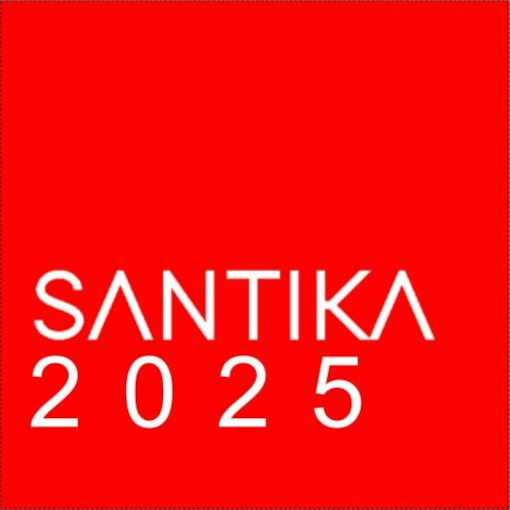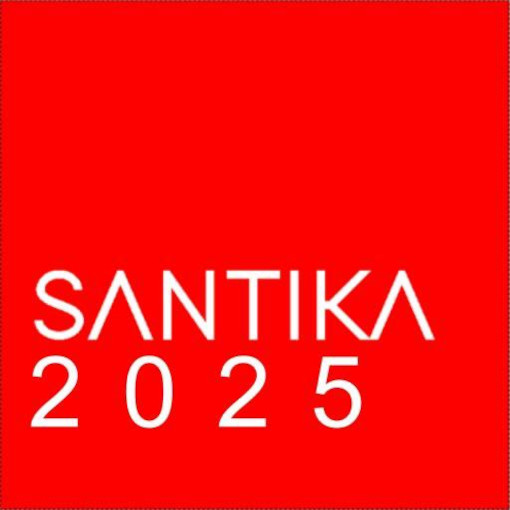Optimasi Perencanaan Produksi Agregat Multi-Product dengan Algoritme Genetika
DOI:
https://doi.org/10.33005/santika.v1i0.16Keywords:
Agregat, Algoritme Genetika, Multi-Product, Perencanaan ProduksiAbstract
Perencanaan produksi jangka menengah yang mencakup perencanaan produksi agregat merupakan langkah yang sangat penting dalam rantai pasokan. Perencanaan menentukan ukuran produksi setiap produk. Perencanaan yang buruk tentunya akan berdampak langsung pada perusahaan karena berkaitan dengan biaya produksi dan keuntungan. Algoritme genetik sering digunakan untuk menyelesaikan masalah perencanaan dengan solusi yang cukup optimal. Dalam penelitian ini, penulis memodifikasi Algoritme Genetika selama proses menghasilkan solusi potensial dengan tujuan untuk lebih mengeksplorasi ruang solusi yang ada sehingga kemungkinan solusi yang lebih baik dapat dicapai. Hasil akhirnya adalah solusi optimal dengan nilai fitness 0,5319.
References
[2] M. Erfanian and M. Pirayesh, “Integration Aggregate Production Planning and Maintenance using Mixed Integer Linear Programming,” in Proceedings of the 2016 IEEE IEEM, 2016, vol. 2016-Decem, pp. 927–930.
[3] W. F. Mahmudy, R. M. Marian, and L. H. S. Luong, “Optimization of Part Type Selection and Loading Problem with Alternative Production Plans in Flexible Manufacturing System using Hybrid Genetic Algorithms - Part 2: Genetic Operators and Results,” in International Conference on Knowledge and Smart Technology (KST), 2013, pp. 81–85.
[4] P. Vasant, R. Nagarajan, and S. Yaacob, “Decision Making in Industrial Production Planning Using Fuzzy Linear Programming,” IMA J. Manag. Math., vol. 15, no. 1, pp. 53–65, 2004.
[5] R. Khemiri, B. Grabot, K. Elbedoui-Maktouf, and B. Zouari, “Integrating Fuzzy TOPSIS and Goal Programming for Multiple Objective Integrated Procurement-Production Planning,” IEEE Int. Conf. Emerg. Technol. Fact. Autom. ETFA, vol. Part F1341, pp. 1–8, 2018.
[6] W. F. Mahmudy, R. M. Marian, and L. H. S. Luong, “Real Coded Genetic Algorithms for Solving Flexible Job-Shop Scheduling Problem - Part I: Modelling,” Adv. Mater. Res., vol. 701, pp. 359–363, 2013.
[7] W. F. Mahmudy, R. M. Marian, and L. H. S. Luong, “Real Coded Genetic Algorithms for Solving Flexible Job-Shop Scheduling Problem – Part II : Optimization,” Adv. Mater. Res., vol. 701, pp. 364–369, 2013.
[8] D. W. Fogarty, J. H. Blackstone, and T. R. Hoffmann, Production & Inventory Management, Second Edi. Michigan: South-Western Publishing Company, 1991.
[9] J. Heizer and B. Render, Production and Operations Management Strategies and Tactics. New Jersey: Prentice Hall, 1993.
[10] G. E. Yuliastuti, A. M. Rizki, W. F. Mahmudy, and I. P. Tama, “Determining Optimum Production Quantity on Multi-Product Home Textile Industry by Simulated Annealing,” J. Inf. Technol. Comput. Sci., vol. 1, no. 1, 2018.
[11] R. Tavakkoli-Moghaddam and N. Safaei, “Solving A Generalized Aggregate Production Planning Problem by Genetic Algorithm,” J. Ind. Eng. Int., vol. 2, no. 1, pp. 53–64, 2006.
[12] A. M. Rizki, G. E. Yuliastuti, W. F. Mahmudy, and I. P. Tama, “Variable Neighborhoods Search for Multi-Site Production Planning,” J. Inf. Technol. Comput. Sci., vol. 1, no. 1, pp. 1–6, 2018.
[13] W. F. Mahmudy, R. M. Marian, and L. H. S. Luong, “Hybrid Genetic Algorithms for Multi-Period Part Type Selection and Machine Loading Problems in Flexible Manufacturing System,” in CYBERNETICSCOM, 2013, pp. 126–130.







